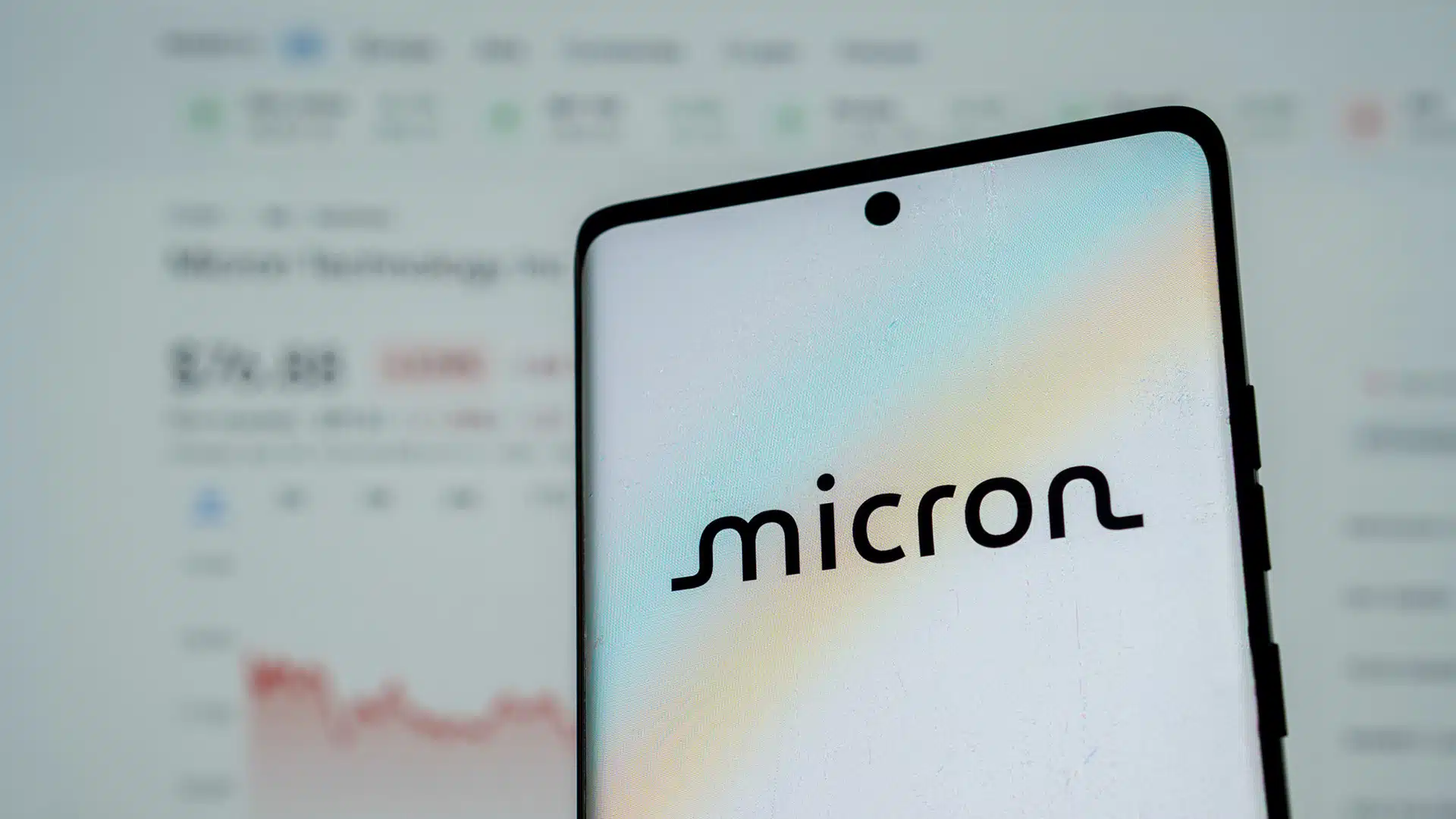Dash Research recently spoke with cxomni, a customer experience management provider located in Munich, Germany that was founded in 2015. cxomni is a software-as-a-service (SaaS) solution for professional customer journey management (CJM) and journey analytics, and is used by large corporations in Europe and North America. cxomni was recently named a leader among Journey Mapping Platforms in The Forrester Wave: Journey Mapping Platforms, Q2 2022.
CJM is the company’s focus, but the way the company’s technology can map feedback data along the journey supports the latter half of the customer insights and feedback chain, providing insights, analysis, and action.

The cxomni solution can start with unstructured and unaggregated experience data dimensions such as information from, for example, CRM and Google Analytics and then aggregates and normalizes it. The experience data is then put into journey logic. The data comes from many different funnels, and leverages application programming interfaces (APIs) for prospecting and integrating. Feedback data can be attached to touchpoints, resulting in a unified customer view and a more compelling customer journey story.
The benefits of tying data into customer journey mapping are many and include:
- Identifying both the highs and the lows of the trip and finding out the moments that really matter
- Breaking down siloed data to bring an outside view into the company
- Visualizing data from feedback in conjunction with transaction data
- Examining cross-system journeys in a central hub
- Taking the data to design process improvements and innovative services
- Empowering employees to deliver continuously an improved customer experience and thus a measurable business impact.
Luca Allwang and Mattias Baldauf walked Dash Research through an end to end example of a traveler taking a trip rail trip to Hamburg. This customer journey was mapped from booking all the way through the after-trip, determining points of friction and satisfaction through a variety of touchpoints. It was an interesting demonstration, particularly being able to see how the system was able to map the emotional journey to the actual journey, showing a compelling story that can be used for specific process improvements. Was there friction with booking? Payment? Seat assignment? Insights can be uncovered, and issues determined and visualized.

Likewise, a view of the after-journey sentiment that includes all the feedback, praise, problems, neutral points, questions, and suggestions offers a comprehensive and easy to understand picture.
From an end-user perspective, the solution is very drag-and-drop focused and customizable. Sub-journeys can be filtered and edited depending on what the user wants to see, and personas can be created, such as private traveler, business traveler, commuter, senior, family, etc. One of the most critical parts of the insights and feedback chain – taking action and closing the loop – can also be enabled via the ability to determine issues more easily and quickly, focusing in on the ones that are most frequent, expensive, and problematic so that action can be taken.

The solution can help detect and rate recurring problems and then prioritize, evaluate, and track the solutions, hopefully resulting in improved customer journeys moving forward. It is a good example of how feedback data can be utilized to its greatest advantage.
Author Information
As a detail-oriented researcher, Sherril is expert at discovering, gathering and compiling industry and market data to create clear, actionable market and competitive intelligence. With deep experience in market analysis and segmentation she is a consummate collaborator with strong communication skills adept at supporting and forming relationships with cross-functional teams in all levels of organizations.
Sherril holds a Master of Business Administration in Marketing from University of Colorado, Boulder and a Bachelor of Arts in Psychology from Rutgers University.








